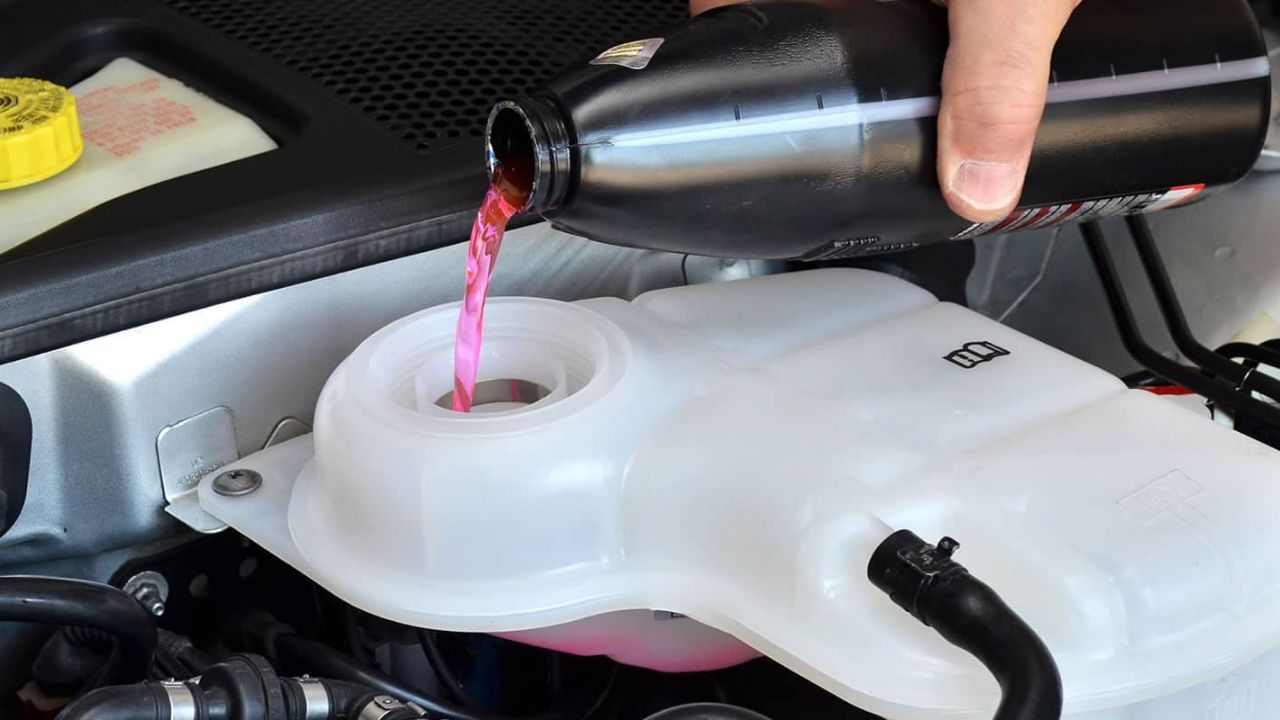How to Reset Car Computer: A Comprehensive Guide to Troubleshooting and Optimization
Resetting your car’s computer can resolve various issues, such as engine misfires and dashboard errors. For car owners who enjoy DIY maintenance, learning this skill is essential. The computer system, known as the Engine Control Unit (ECU), manages crucial functions like fuel efficiency and emission control, directly impacting your vehicle’s performance.
When the ECU malfunctions, it can cause a range of problems that affect how your car operates. A reset can often restore balance, improve performance, and resolve persistent errors. This process is particularly useful when dealing with minor system glitches, and it can prevent the need for expensive diagnostics at a repair shop. In this guide, we’ll cover the basics of when and why resetting the ECU is necessary.
We’ll also walk you through the process of performing a reset, with details for specific car brands like BMW and Jeep. Whether you’re a seasoned DIY mechanic or just starting, this guide will provide the information you need to take control of your car’s electronic system. By the end, you’ll feel more confident in troubleshooting basic issues and avoiding common pitfalls during the reset process. Read on to learn the most important steps for resetting your car’s computer.
Benefits of Resetting a Car Computer
Resetting a car computer offers a range of benefits that can improve the overall performance and functionality of your vehicle. Here are some of the key advantages:
- Improved Engine Performance
Resetting the car’s ECU clears out old error codes and lets the system recalibrate. This can lead to better engine performance, smoother acceleration, and more efficient fuel usage. By allowing the computer to start fresh, the vehicle’s systems work more cohesively. - Clear Dashboard Warning Lights
Sometimes, the “check engine” or other warning lights remain on even after an issue has been fixed. A reset will clear these outdated codes, ensuring the dashboard reflects the current status of the car, which helps in avoiding unnecessary stress or costly diagnostics. - Enhanced Fuel Efficiency
Resetting the computer can optimize the fuel-to-air ratio and other engine settings, which directly impacts fuel consumption. This can lead to more miles per gallon (MPG) and savings on fuel in the long term. - Fixing Minor Electrical Glitches
The ECU controls various electrical systems in the car, from sensors to emissions. A reset can resolve minor glitches, like faulty sensor readings or issues with the car’s climate control system, ensuring that all electronics work properly. - Better Adaptation to New Parts
After replacing key components like batteries, sensors, or even the exhaust system, the ECU needs to adjust to the new parameters. Resetting the computer ensures that it adapts to the new parts and functions optimally with them. - Prevents Unnecessary Repairs
In some cases, the car’s computer can store error codes that may not correspond to any real issue. By resetting the system, you can eliminate these false readings, potentially avoiding costly and unnecessary repairs that might otherwise be suggested by a mechanic.
Resetting your car computer can be a quick and effective way to maintain optimal performance and ensure your vehicle is running efficiently. By periodically resetting the ECU when needed, you can save on fuel, reduce mechanical issues, and avoid unnecessary trips to the repair shop.



Post Comment